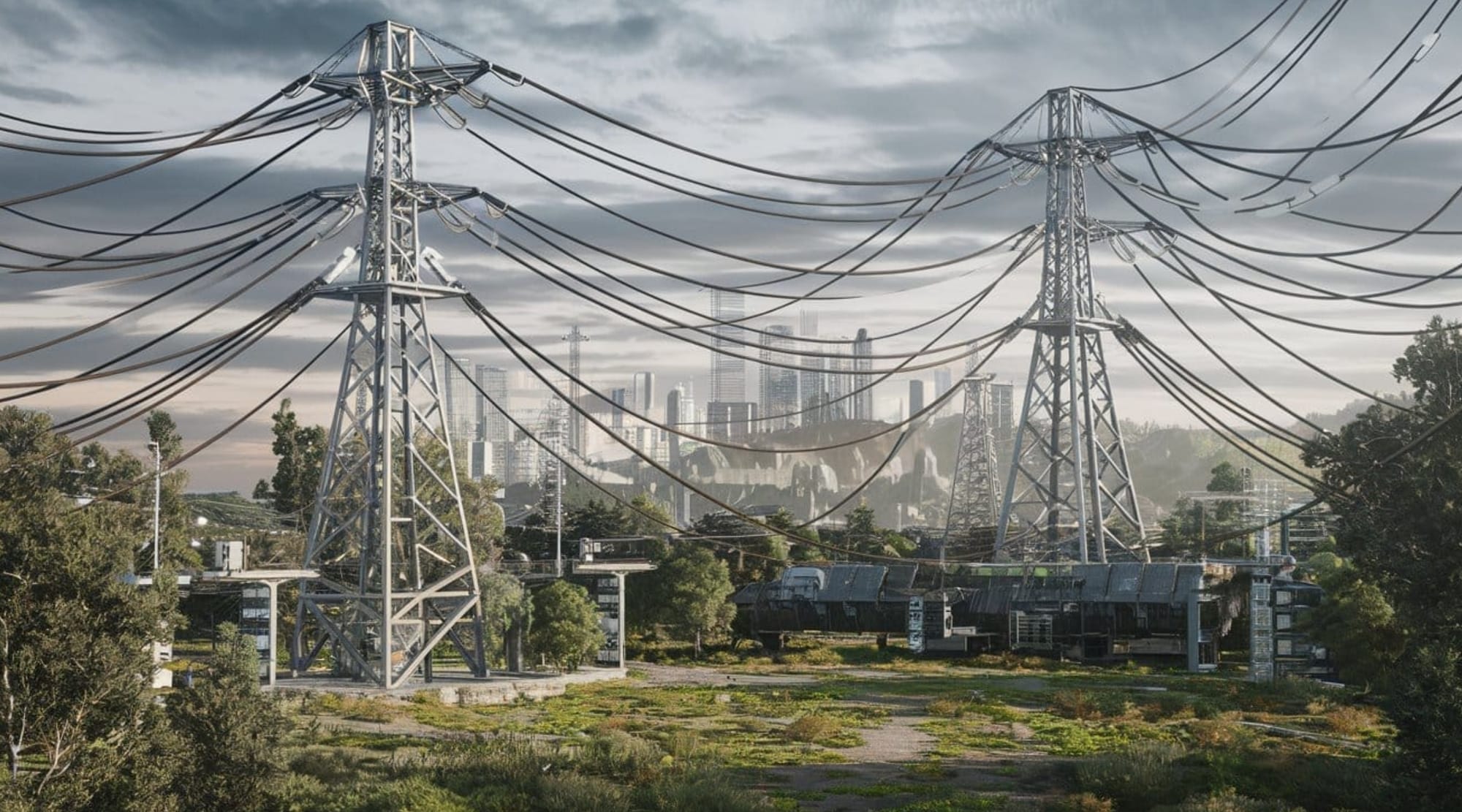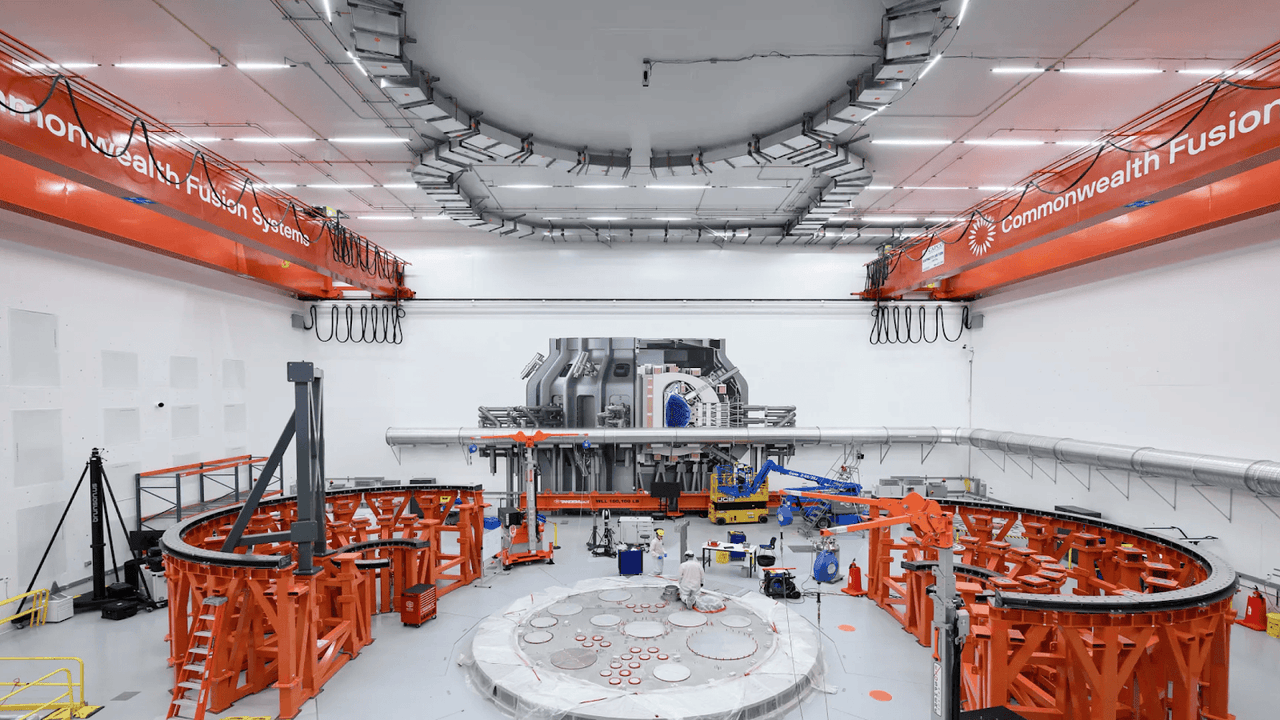AI's Power Trip: Will Energy Grids Be Overwhelmed by 2027?

The fast growth of AI technologies, especially generative AI and large language models, has led to a big discussion about how they affect global energy use and the stability of power grids. As AI is used more in different industries, worries about its energy needs have grown. So, will AI's power consumption really leave energy grids "begging for mercy" by 2027?
AI technologies, particularly those involving large-scale data centers, are known for their substantial energy requirements. Data centers, which house the computational infrastructure for AI, currently consume about 1-2% of global electricity. This figure is expected to rise to 3-4% by the end of the decade. The International Energy Agency (IEA) projects that electricity consumption from data centers, AI, and cryptocurrency could double 2022 levels by 2026.
Goldman Sachs Research estimates a 160% increase in data center power demand by 2030, driven largely by AI. This surge is attributed to the high energy consumption of AI processes, such as a single ChatGPT query requiring nearly 10 times the electricity of a Google search. The IEA suggests that AI, data centers, and cryptocurrency could add the equivalent of "at least one Sweden or at most one Germany" to global electricity demand by 2026.
The anticipated increase in AI-related energy demand poses significant challenges for energy infrastructure. In the United States, utilities may need to invest around $50 billion in new generation capacity to support data centers alone. This includes the construction of new natural gas pipelines to meet the projected demand of 3.3 billion cubic feet per day by 2030.
In Europe, the situation is similarly daunting. The continent requires over $1 trillion to prepare its power grid for AI, amidst a backdrop of declining electricity demand due to economic shocks and de-industrialization.
The integration of AI into the energy grid raises critical questions about the balance between renewable energy and fossil fuels. If the growing electricity demand is met by building more fossil-fuel plants, it could have detrimental effects on climate change efforts. However, if this demand acts as a catalyst for increased investment in renewable energy and efficiency improvements, it could support a cleaner energy transition.
While AI's energy consumption is significant, there are opportunities for efficiency gains. Some AI innovations may boost computing speed without proportionally increasing electricity use. The ability to innovate in energy efficiency and renewable sources could be pivotal in aligning AI with environmental objectives.
The economic value derived from AI technologies must also be considered. While AI's energy use is substantial, it is expected to level off at a significant but manageable level, commensurate with the economic benefits it provides. The trade-offs between energy consumption and economic value involve complex value judgments that extend beyond mere electricity usage.
In conclusion, while AI's energy demands are poised to increase significantly by 2027, the notion that energy grids will be left "begging for mercy" is an oversimplification. The impact of AI on energy grids will depend on several factors, including technological advancements, efficiency improvements, and the balance between renewable and fossil fuel energy sources. Policymakers, energy providers, and technology leaders must work collaboratively to ensure that the energy infrastructure can accommodate AI's growth while supporting a sustainable energy transition. The future of AI and energy grids is not predetermined; it will be shaped by the choices and innovations made in the coming years.





